To listen to RTÉ.ie's radio and podcast services, you will need to disable any ad blocking extensions or whitelist this site.

0
00:00
00:00
Episode Notes
Panel: Eric Dempsey, Richard Collins & Éanna Ní Lamhna
Reporters: Terry Flanagan & Niall Hatch
Researcher: Michele Browne
In addition to listening to us on RTÉ Radio One at 22:00 every Monday night, don't forget that you can also listen back to each of our programmes any time you like at http://rte.ie/mooney. There, you will find an extensive archive of past broadcasts, conveniently split into different topics and segments.
Tonight’s programme features an update on efforts to track the routes of one of Ireland’s most famous migratory bird species, the Cuckoo. With this in mind, and to help you to get to know these remarkable birds a bit better, our recommendation this week from the extensive Mooney Goes Wild archives is a documentary all about them, broadcast in July 2020.
To listen to this programme from the Mooney Goes Wild archives, visit
https://www.rte.ie/radio/podcasts/21799032-second-chance-documentary-the-cuckoo/
Listening to your dawn chorus recordings
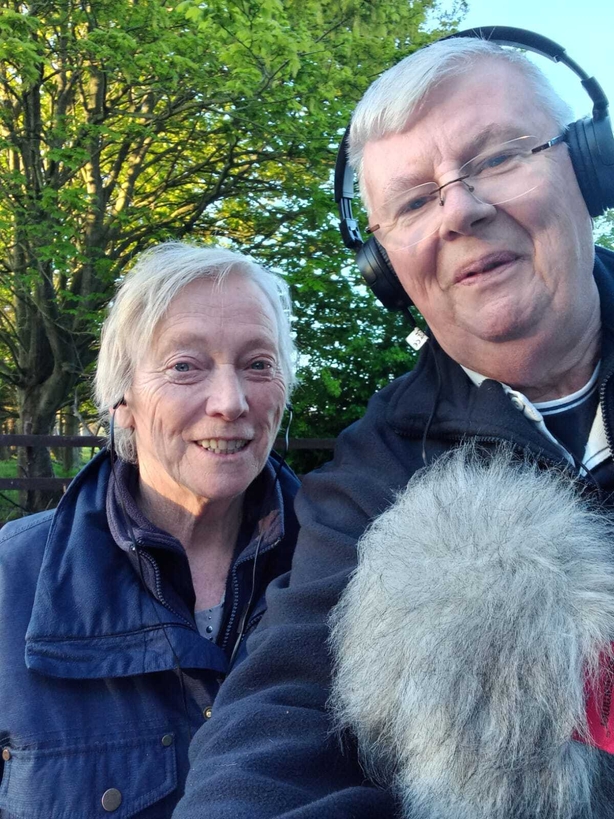
Sunday 5th May was International Dawn Chorus Day, and to celebrate this important date in the natural history calendar the Mooney Goes Wild team once again brought listeners across Ireland and the world a live seven-hour celebration of Irish birdsong.
Our listeners were a very important part of the programme, and we want to thank each and every one of you who took the time to get up early, record the sounds of your local dawn chorus and send them to us via our WhatsApp number.
We featured quite a few recordings during our marathon broadcast itself, but we received so many that it was impossible to include them all. So, on tonight’s programme, we bring you another selection of dawn chorus recordings from our wonderful Mooney Goes Wild listeners.
To listen back to this year’s live Dawn Chorus broadcast in full, visit
Looking back at ChoughWatch 2024
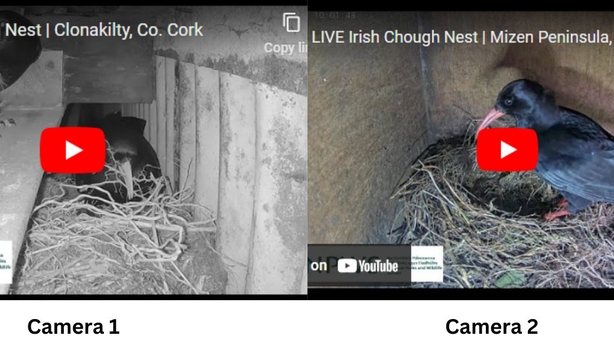
The Dawn Chorus was not the only ornithological treat we had for you over the May Bank Holiday long weekend. On Monday 6th May, in a special collaboration with the National Parks and Wildlife Service (NPWS), we gave our listeners an unprecedented opportunity to get up close and personal with one of Ireland’s most fascinating yet least well-known birds, the Chough.
Our live ChoughWatch 2024 broadcast saw ornithological experts Niall Hatch and Jim Wilson report live from two Chough nest-sites at secret locations in the southwest of the country and speak Clare Heardman and Sam Bayley of the NPWS about these amazing birds. Thanks to the NPWS project team, we also streamed live video footage from both nests on the Mooney Goes Wild website.
During the broadcast, Derek Mooney and Eric Dempsey gave their analysis from the studio. On tonight’s programme, they bring listeners their highlights from ChoughWatch 2024 and describe just why these unsung members of the crow family are so special.
To listen back to this year’s live ChoughWatch 2024 programme, visit
https://www.rte.ie/radio/radio1/mooney/2024/0513/1448988-mooney-goes-wild-monday-13-may-2024/
For more information about Choughs, visit
https://birdwatchireland.ie/birds/chough/
Keeping track of Cuckoos
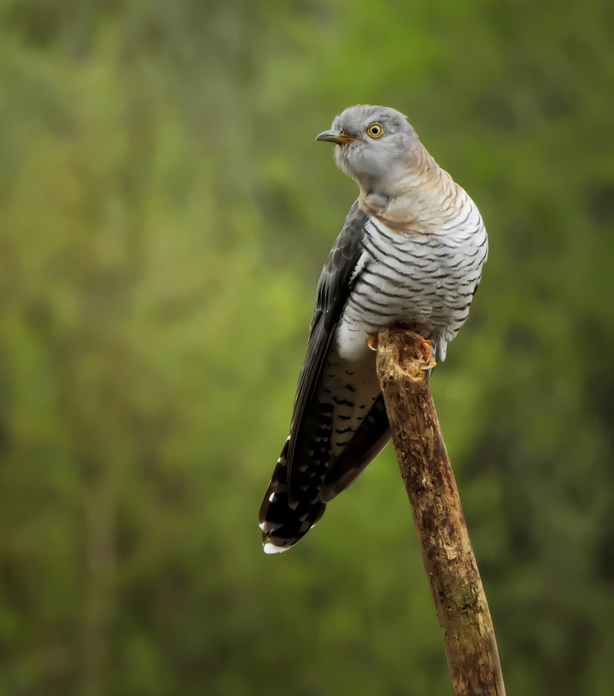
The Cuckoo is one of our most celebrated migrants, turning up for the breeding season here in Ireland and elsewhere across Europe and Asia but spending even more of its time in Sub-Saharan Africa. But where exactly do our Irish Cuckoos fly to in Africa, what routes do they take there, and do they use the same route for the return journey?
Until the past couple of weeks, we could only guess at the answers to all of these questions. However, thanks to a special tagging project run by the National Parks and Wildlife Service (NPWS) and the British Trust for Ornithology, we are finally finding out.
To learn more, Niall Hatch spoke with Sam Bayley of NPWS, who last year, as part of the Irish Cuckoo Tracking Project, placed satellite tags on 4 adult male Cuckoos, one in Co. Clare and three in Co. Kerry, prior to their migration back to Africa. Sadly, the bird from the Banner County perished shortly afterwards, but the remaining three did the Kingdom proud, successfully reaching their African wintering quarters and, just in recent days, returning to Killarney National Park. [Note: at the time of recording on 6th May, only two of the Cuckoos had returned to Co. Kerry; the third bird subsequently returned on 9th May.]
On tonight’s programme, Niall and Sam discuss how these three Cuckoos got on, the surprising migration routes they took and a few surprises that the project team discovered along the way. We also hear just why the information being gathered through this project is so crucial for the conservation and survival of this declining species.
For more information about the Irish Cuckoo Tracking Project and to follow the journeys of the Cuckoos for yourself, visit
For more information about Cuckoos in Ireland, visit
https://birdwatchireland.ie/birds/cuckoo/
Back from the Brink: RTÉ One television at 18:30 on Sunday 19th May
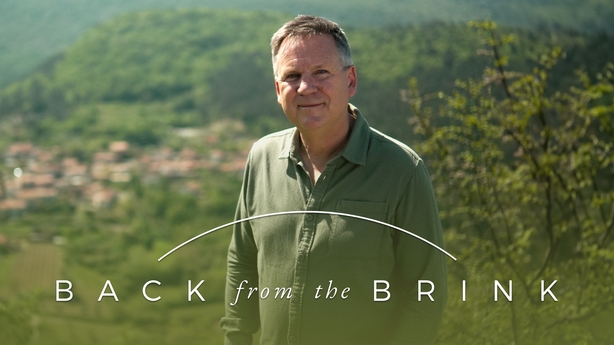
The fourth series of the immensely popular and uplifting Back from The Brink, presented by none other than Derek Mooney, returned to our screens last weekend.
Our planet is paying the price for generations of environmental mismanagement, but in this two-part series Derek goes on a journey across Europe to find out how smart human intervention can bring Europe's wildlife 'Back from the Brink'.
The series showcases how European conservationists are working to stem the tide of a biodiversity crisis and climate change, one step at a time. The series is made by RTÉ Cork with the European Broadcasting Union, and ten other member broadcasters taking part with potential to be broadcast in 52 countries across the continent.
The second episode of the series will be broadcast this coming Sunday 19th May at 18:30 on RTÉ One television. In this programme, amongst a host of other fascinating stories, Derek looks at the lengths taken in northern Sweden to control the Raccoon Dog invasion, Rathlin Island's rat problem and the comeback of badgers in The Netherlands.
As we hear on tonight’s programme, another of the innovative conservation projects to feature in the upcoming episode concerns how Old Irish Goats are being used to tackle the problem of wildfires on Dublin’s Howth Head.
For more information about Back from the Brink, visit
To watch the first episode of the new series of Back from the Brink, first broadcast on Sunday 12th May, visit
https://www.rte.ie/player/series/back-from-the-brink/10004825-00-0000?epguid=IH10004820-24-0001
For more information about the Old Irish Goat Society, visit
Question Time with Richard and Éanna
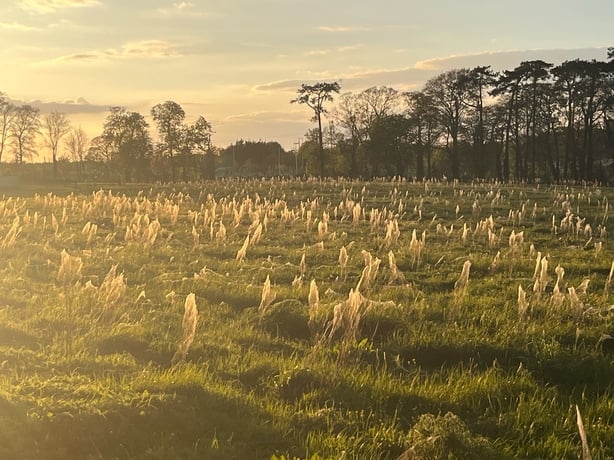
We receive a huge number of queries from our loyal and inquisitive listeners here at Mooney Goes Wild. Our expert panellists endeavour to answer as many of these as they can, mainly privately, though we very much like to feature some of the most memorable enquiries on-air.
On tonight’s programme, our Researcher Michele Browne pops into studio to put some of your most interesting questions to two of Ireland’s most knowledgeable and engaging natural history experts, our very own Richard Collins and Éanna Ní Lamhna. If you have ever wanted to know more about the appearance of gossamer, whether sea snakes could be encountered in Irish waters, the nesting habits of Magpies and Pied Wagtails or whether Wild Garlic and Three-cornered Leek flavour the honey of the bees that collect nectar from their flowers, be sure to listen!
To pose your own questions to the Mooney Goes Wild team, email mooney@rte.ie
Why do Cormorants hang their wings out?
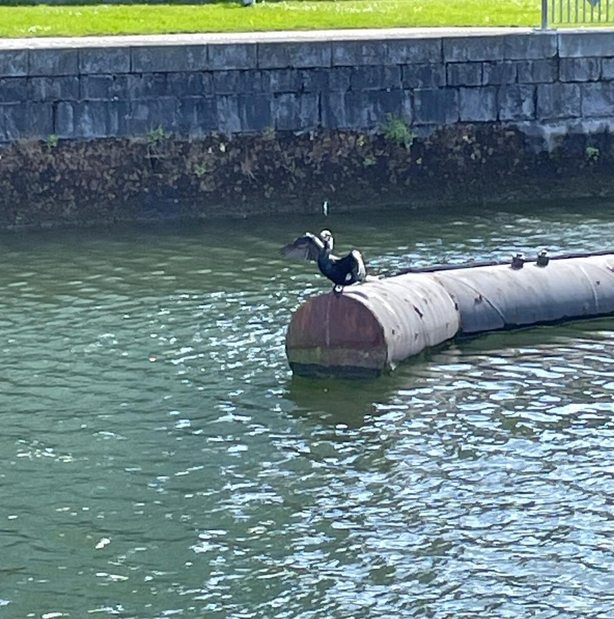
On a recent stroll along the Grand Canal in Dublin, Derek and Richard spotted a Cormorant. These large, dark, snake-necked waterbirds are a familiar sight around the Irish coast, as well as at many inland waterbodies, and are famous for holding their open wings out perpendicular to their bodies. It is often claimed that they are "hanging their wings out to dry". Is this really the case?
Well, it seems it may be, at least in part. But, as Richard tells us on tonight’s programme, there is also evidence to show that holding their wings out in this manner may also aid Cormorants in digesting their food.
For more information about Cormorants, visit
https://birdwatchireland.ie/birds/cormorant/
Raving about Ravens at UCC
A huge, all-black member of the crow family, the highly intelligent Raven is the largest songbird, or passerine, in the world. To learn more about them, for tonight’s programme our roving reporter Terry Flanagan travelled to the campus of University College Cork, where he spoke to BirdWatch Ireland’s Dr. Alan McCarthy about a pair of Ravens that are nesting in a pine tree in the university grounds and a special colour-ringing project being run by the National Parks and Wildlife Service to keep track of their offspring. They belong to one of three Raven families currently nesting in Cork city.
For more information about Ravens, visit
